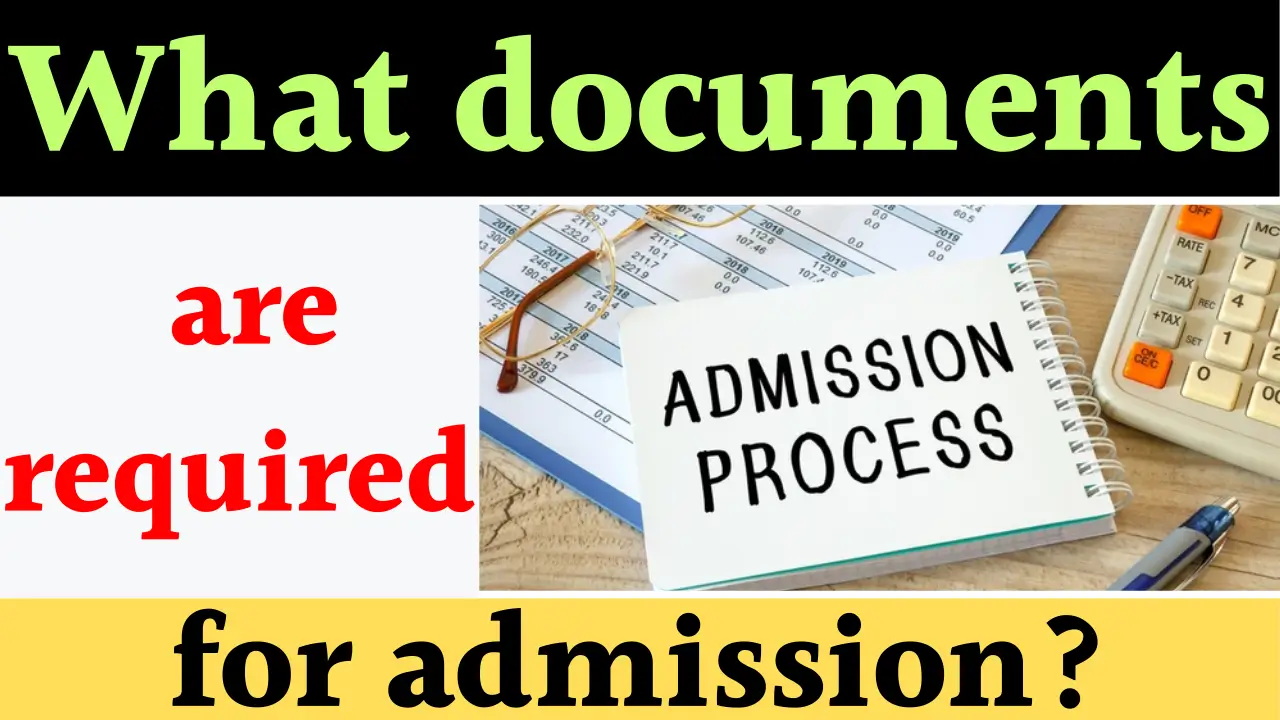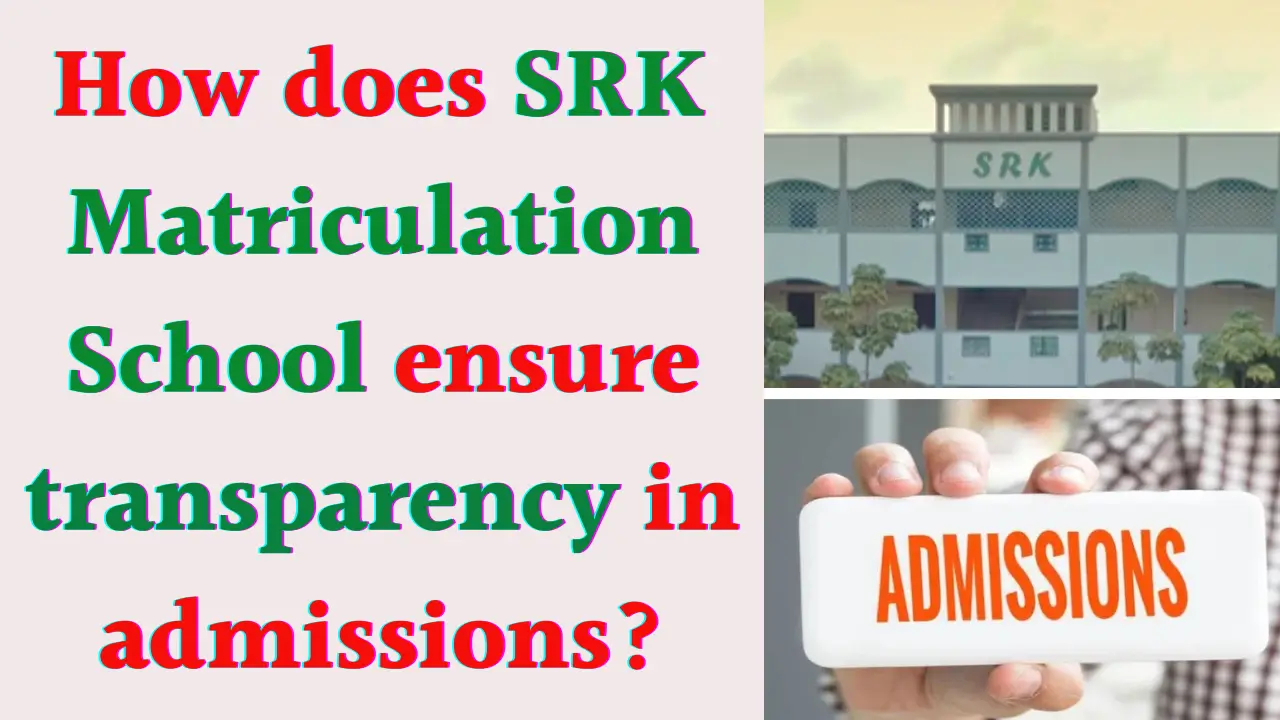Getting admitted into a school, college, or any academic institution involves a structured process where submitting the right documents is key. Whether it’s for primary school, higher secondary education, or university programs, institutions require specific documents to verify the candidate’s identity, eligibility, and previous academic performance. This article provides a detailed overview of the typical documents needed during admission across various education levels, recent updates impacting the process, and practical tips to ensure a smooth application experience.
Understanding the Importance of Admission Documents
Admission documents serve multiple purposes for educational institutions:
- Identity Verification: Confirming the applicant’s personal details, date of birth, and guardian information.
- Academic Qualification Proof: Establishing that the candidate meets the educational requirements.
- Residency and Payment Validation: Some schools need proof of residence and financial transaction confirmation.
- Health and Safety Compliance: Certain institutions request health certificates to ensure student welfare.
Having the required documents ready not only facilitates a quick admission process but also reduces the chances of application rejection due to incomplete submission.
Core Documents Required for Admission
Below is a table summarizing the most commonly required documents in most admission processes:
| Document Type | Purpose | Common Formats/Details |
|---|---|---|
| Birth Certificate | Proof of age and identity | Original or Certified Copy |
| Previous Academic Records | Verifying prior education levels | Mark sheets, Report Cards, Transcripts |
| Transfer Certificate (if applicable) | Confirmation from previous school/college | Original document |
| Passport-sized Photographs | Identification and administrative use | Usually 2-6 recent photographs |
| Proof of Residence | Establishing domicile/residency | Utility bills, Rental Agreement, Aadhar Card |
| Medical/Health Certificate | Confirming fitness and immunization status | From registered medical practitioner |
| Identification Proof of Guardian | Verifying parent or guardian’s identity | Government ID, Passport, Aadhar Card |
| Application Form | Basic personal and academic information | Institution-provided form |
| Income Certificate (if applying for scholarships) | Verifying financial need | Issued by government authorities |
Document Requirements by Education Level
For Kindergarten and Primary Schools
- Birth Certificate is mandatory for age verification.
- Recent passport-sized photos.
- Proof of residence in the school’s geographic zone (if applicable).
- Medical fitness certificate.
- Transfer certificate from the previous school (if applicable).
For Secondary and Higher Secondary Schools
- Previous academic results or report cards.
- Transfer certificate and conduct certificate from the former school.
- Birth certificate and photographs.
- Proof of residence.
- Application form duly filled and signed.
- Medical fitness certificate may be requested.
For Undergraduate and Postgraduate Admissions
- Mark sheets and degree certificates from previous academic qualifications.
- Transfer or migration certificate from previous institutions.
- Passport-sized photographs.
- Proof of identity and residence (government-issued IDs).
- Entrance exam scorecards or rank certificates (where applicable).
- Application form.
- Medical certificate (sometimes required).
Latest Updates and Changes in Admission Document Requirements
- Digital Documentation Acceptance: Many institutions have moved towards accepting digitally signed and scanned copies of documents due to improved online admission processes, especially post-pandemic. However, original documents may still be required during verification or physical admission.
- Aadhar Card Linkage: In India, linking Aadhaar cards with student records has become an increasing norm for identity verification and streamlined data management.
- Online Application Portals: Most schools and universities now provide online submission options, requiring scanned copies of documents. Applicants must ensure clarity and legibility in uploads.
- Anti-Plagiarism and Document Verification Technologies: Advanced software is used to detect fake and altered documents, urging applicants to ensure authenticity.
- Relaxed Transfer Certificate Rules: Some states have eased constraints allowing lateral entries without strict transfer certificate submissions to support mobility during changing academic conditions.
- Increased Focus on Health Records: Several institutions are now requesting detailed health and vaccination certificates, particularly in light of global health concerns.
Tips for Preparing Admission Documents
- Collect original copies and keep several attested photocopies ready.
- Keep scanned versions of all documents saved securely for online applications.
- Verify the validity of certificates and the absence of errors in names, dates, and other details.
- Get documents attested or notarized if required by the institution.
- Submit documents well before the deadline to avoid last-minute issues.
- Keep a checklist specific to the institution’s requirements since document lists can vary.
Summary Table of Admission Documents Checklist
| Document | Needed For | Originals Required? | Digital Copy Accepted? |
|---|---|---|---|
| Birth Certificate | All education levels | Yes | Usually, yes |
| Previous Academic Records | All education levels | Yes | Usually, yes |
| Transfer Certificate | School to school transition | Yes | Depends on institution |
| Passport-sized Photos | All applications | No | Yes |
| Proof of Residence | Many schools and colleges | Depends | Usually yes |
| Medical Certificate | Schools and some colleges | Yes | Occasionally |
| Identification Proof (Guardian) | Primary and secondary schools | Varies | Usually yes |
| Income Certificate | Scholarship applications | Yes | Usually yes |
Conclusion
Understanding and organizing the necessary documents is crucial for a hassle-free admission experience. While institutions broadly require similar sets of documents, interested applicants should always consult the specific guidelines provided by the institution. Staying updated with the latest changes, especially the move toward digital document handling, can facilitate a smoother application journey. Proper preparation in advance, coupled with careful verification, ensures that applicants meet the admission criteria effortlessly and on time.












